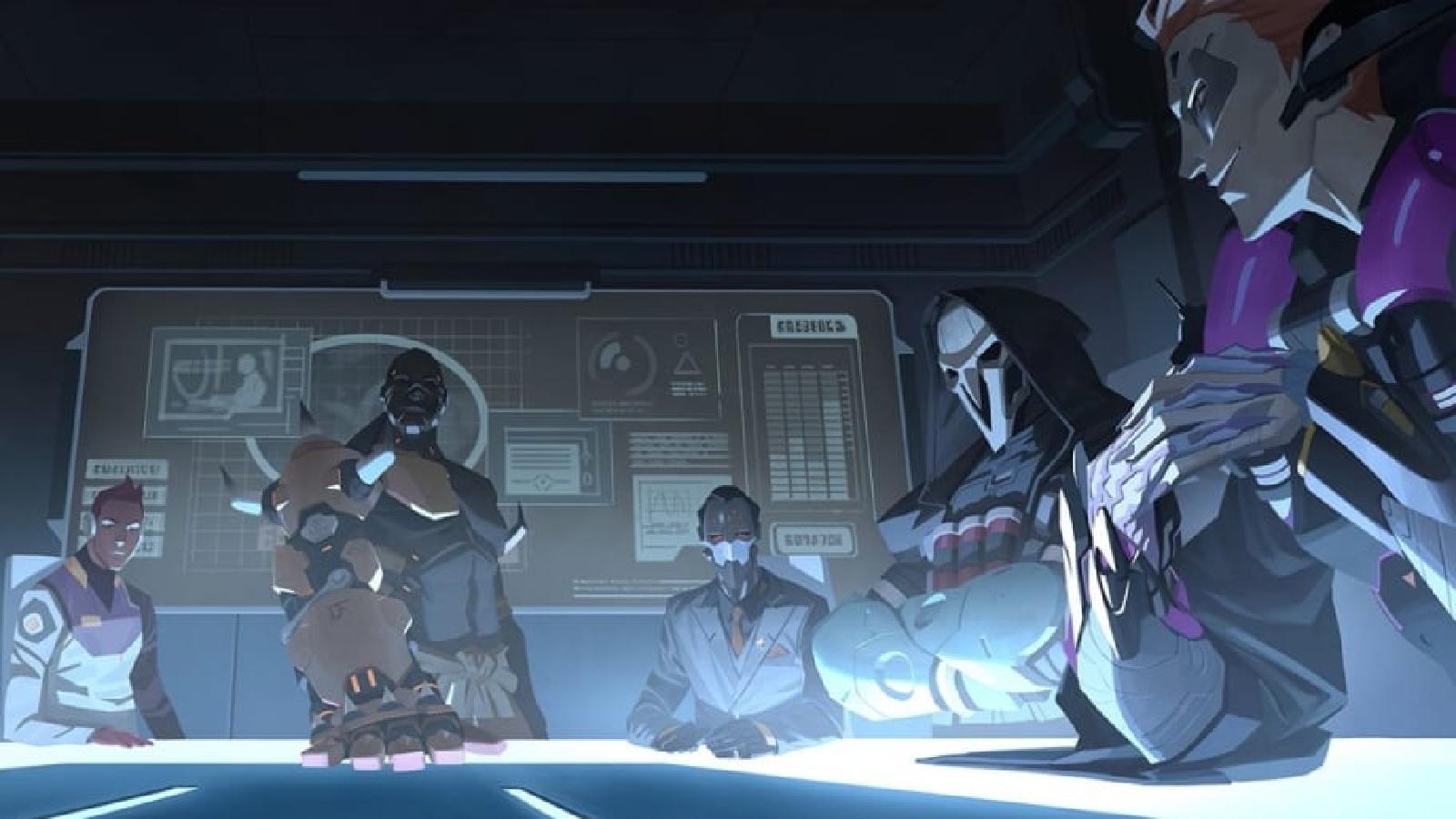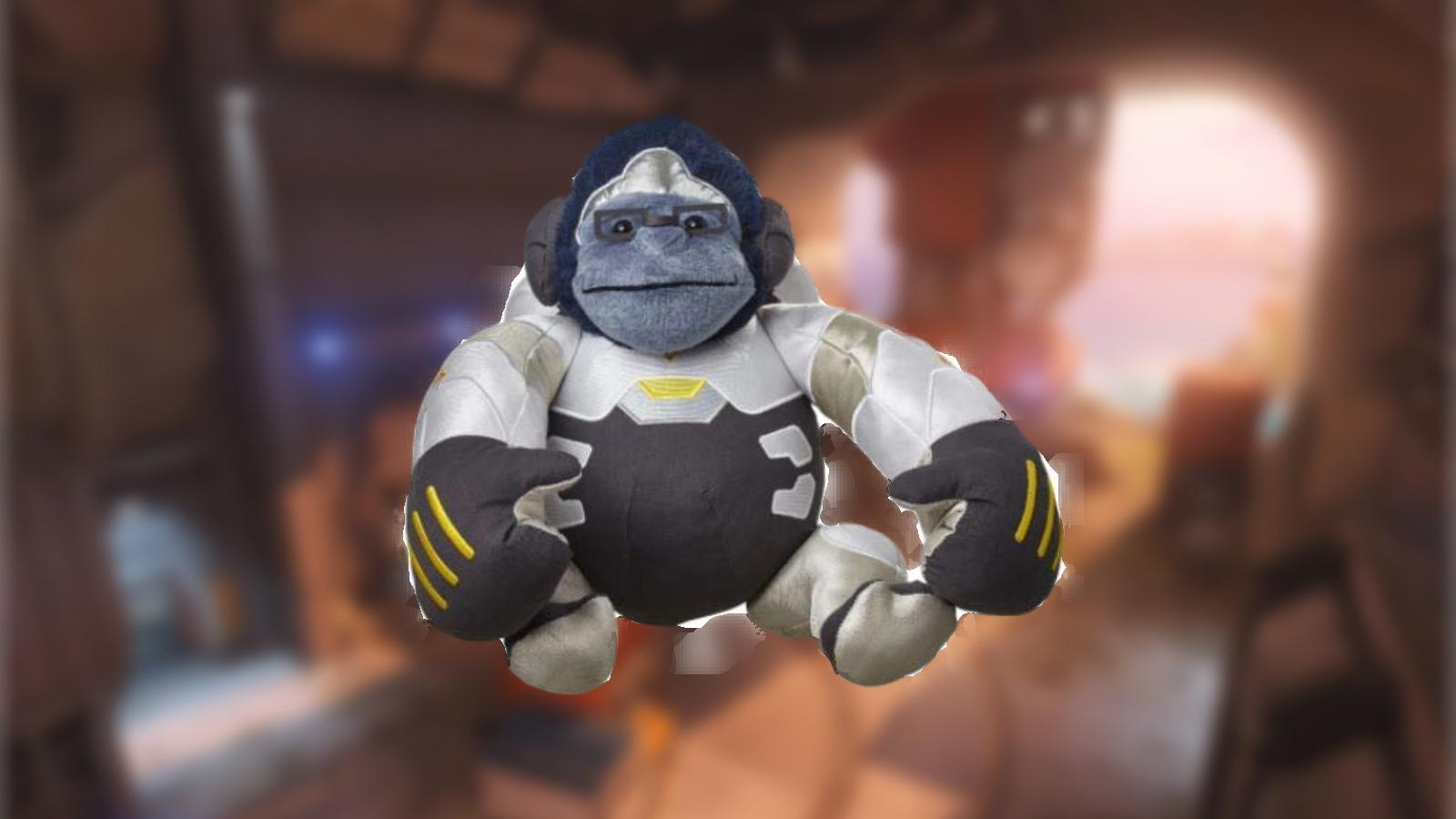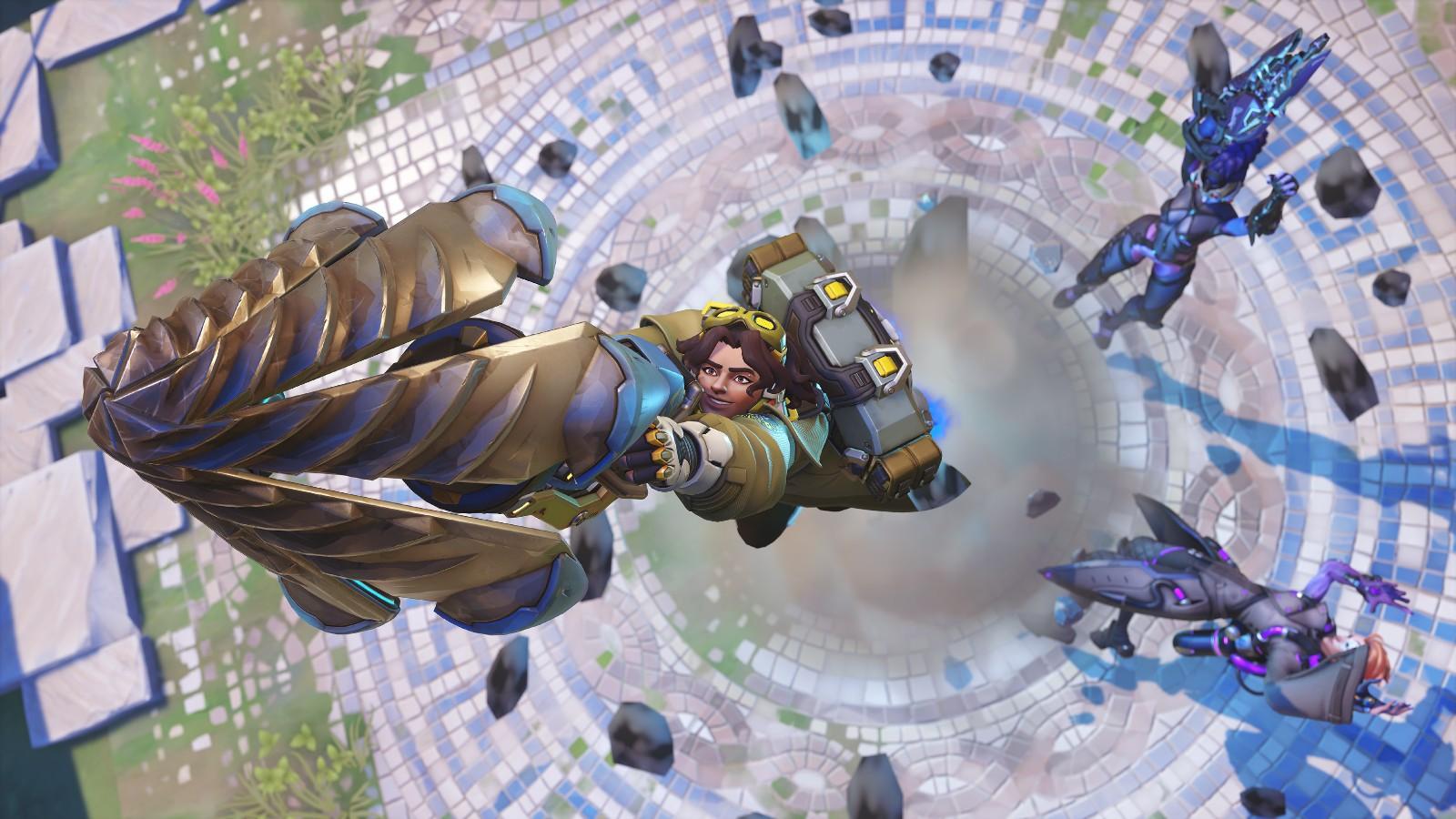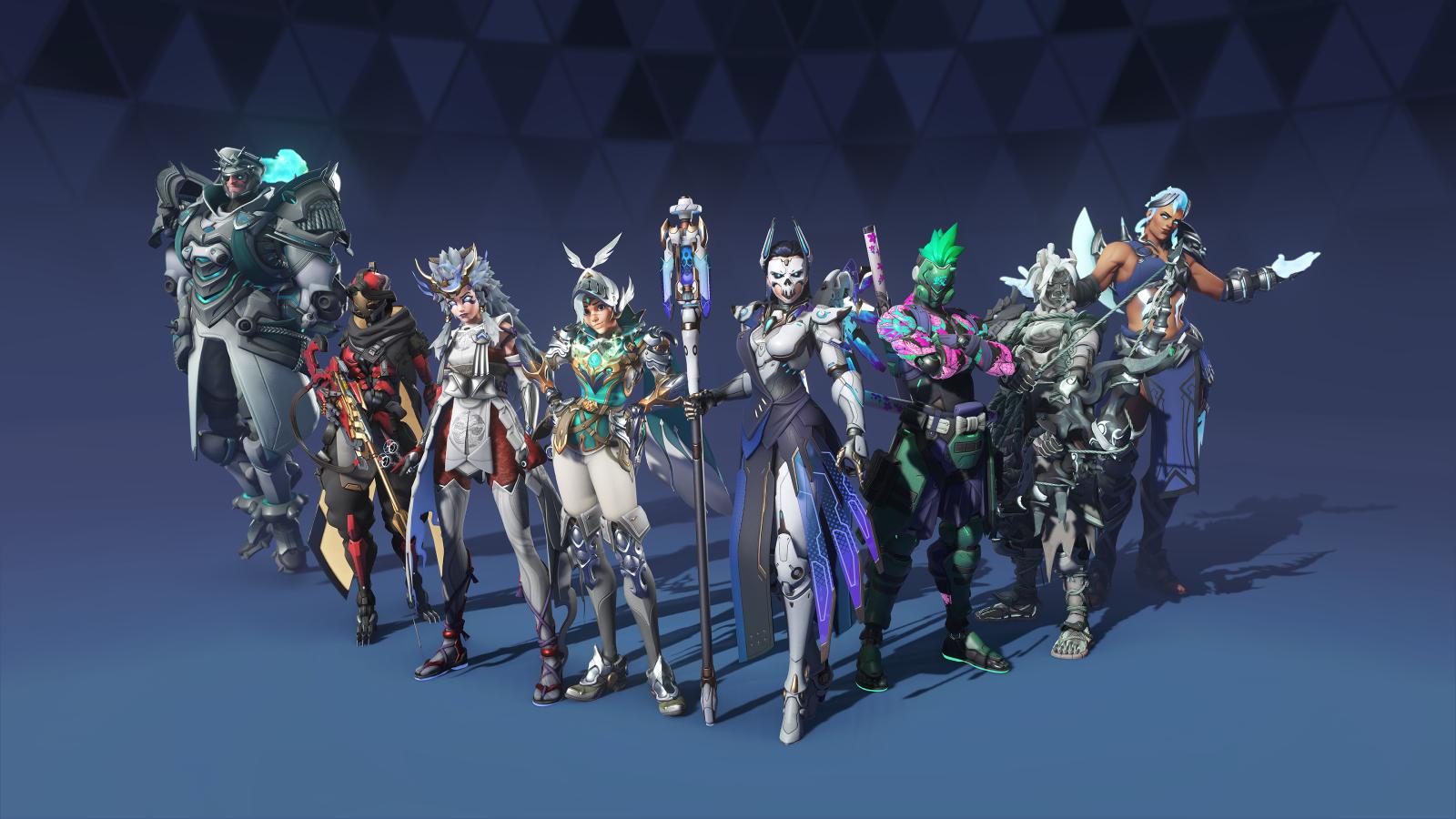Behind the scenes at the OWL: Esports’ biggest gamble – part two
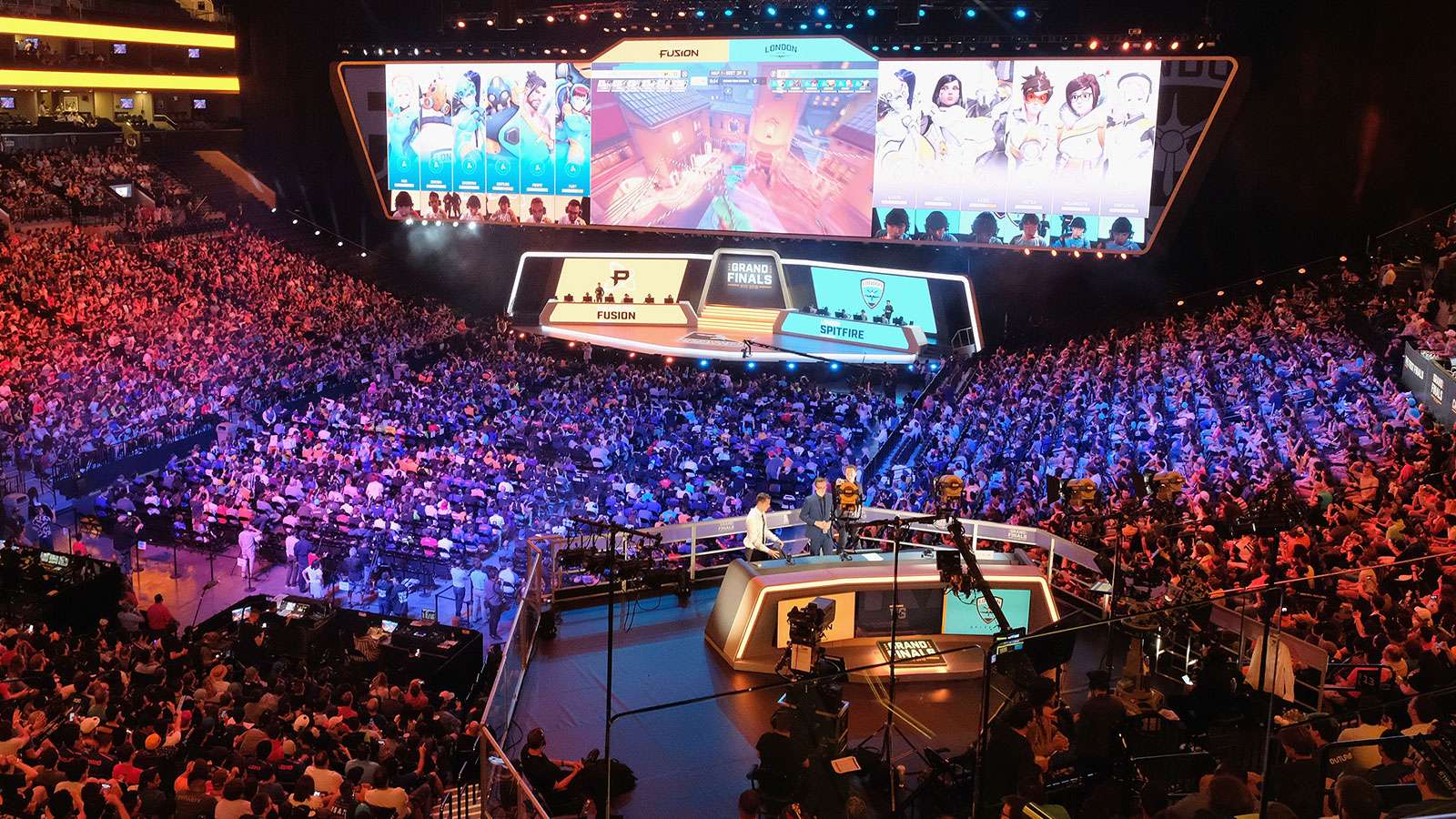 Blizzard Entertainment
Blizzard EntertainmentSince June 2019, Richard Lewis has been investigating what’s been going on behind the scenes at the Overwatch League.
In part one, he spoke to many anonymous Activision employees and former staff at a time when many of them were losing their jobs or clashing over the direction of the tournament.
This time, he interviewed unnamed franchise owners as we discover how many teams are struggling to make money in the build up to Season three.
[ad name=”article1″]
The birth of the league
Before we start talking about how much money the league is making let’s first contextualize why the league exists to begin with. The Overwatch League was conceived as a money-spinner – many executives at esports companies have told me one consistent story down the years; namely that when esports blew up and suddenly became lucrative, Blizzard in particular felt cheated that they never got much back in return.
One such story told to me many times by many different sources was that when Twitch got sold to Amazon for $970 million, Blizzard actually asked Twitch what their cut of that deal would be since it was “their games” that helped make Twitch successful. When it was explained to them that the reward was the functional advertising from every single livestream of their games they were incredulous.
In their anger they had, for a time, an eye on buying a streaming platform that they could use to cut Twitch off at the knees by broadcasting all their games exclusively on it should they ever need that leverage. This led to talks with the doomed Azubu platform and was a partial motivation for the purchase of MLG, who had a fully working streaming platform in the form of MLG.tv.
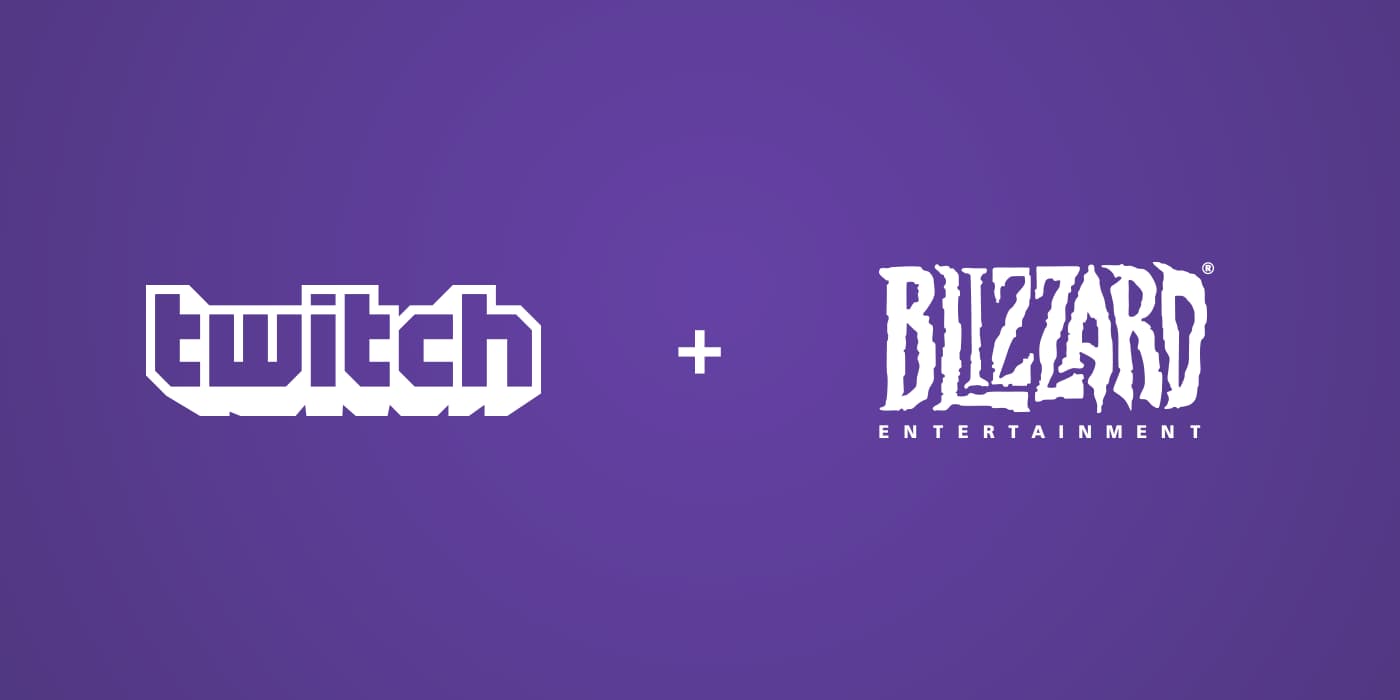 Twitch / Blizzard Entertainment
Twitch / Blizzard Entertainment[ad name=”article2″]
Incidentally, it’s no coincidence that the Overwatch League preseason in 2017 was shown exclusively on the platform they owned rather than Twitch. On the surface, this was unthinkable for a project that was going to rely heavily on viewership, and through that attract sponsors and partners. It was, it seems, a flex of their muscles, a way to show Twitch that they didn’t need them.
Also, rumours persisted that Blizzard had stipulated if they didn’t get a good broadcast deal with Twitch that they would consider taking their games off the platform. It is only when viewed through this lens that the unprecedented $90-million-over-two-years-deal that was agreed upon makes any sense. We’ll come back to the significance of this deal later.
Blizzard had been looking to create a league for one of their titles that could generate them revenue in the way an NBA or NFL does. Starcraft 2’s popularity had started to wane with their circuit coming too late to pull it out of its spiral, so they originally decided to try with Heroes of The Storm.
[ad name=”article3″]
League of Legends and Dota 2 already dominated the MOBA scene, but with their differing design philosophy, Blizzard naively believed that it could succeed if they created a lucrative esports circuit to create interest in the game.
The process began in earnest in 2015 with a collegiate tournament called Heroes of The Dorm, It was shown on ESPN2, with many industry insiders stating that rather than the sports network deciding to broadcast the game organically, airtime was purchased by Activision Blizzard. Played over a weekend with the winners earning a full scholarship to Berkeley, the reception in the media was mostly positive even if the sports jocks who religiously watch ESPN freaked out on social media.
- Read More: Leaked draft of ESL’s CSGO LANXESS agreement
They held a World Championship for the game about six months later at Blizzcon. Pundits couldn’t really gauge the interest for the game as Blizzcon viewership is always high regardless of what is being shown. The tournament was followed up by a big announcement, the arrival of the Heroes of the Storm Global Championship Circuit.
[ad name=”article4″]
$4 million of prize money distributed over the course of the year (which had a Spring, Summer and Fall season structure before leading to another World Championship event) was a lot of money to be throwing around. By contrast, the prize purse for the much more successful and popular League of Legends World Championships was $5 million. It was a wildly overconfident move.
As time went on, it became apparent that the game simply wasn’t going to take off in the way Blizzard had hoped for. Discounting Chinese viewership numbers because of rampant botting and other bullshit, the numbers tell the story for you. The 2016 Fall Championship achieved a peak viewership of 82,000. The Grand Finals held in 2017 one calendar year later reached just 69,000, and the following year it was down to 64,000. The smaller LAN events on the competitive calendar got somewhere between 8,000 and, on very good days, 20,000 viewers on Twitch. It was clear that this was a game on life support in esports terms.
Bizarrely, this reality hadn’t seemed to get through to the people you would have thought would be paying the most attention; Blizzard themselves. Even in 2018 there were examples of Blizzard staff speaking to the press not only as if everything was fine but as if things had exceeded expectations.
Esports Product Lead John Teymoorian, speaking to Inven Global, said: “Viewership may look like it’s down from last year but what we are seeing is a lot of our users who are not primary English speakers are choosing to watch on our other channels because it serves them better so our bottom line is up.”
He added: “I think our viewership is up an average of about 15% this year, which is pretty good. It’s tough to quote specific numbers though because it fluctuates but, for example, our LAN events we’re exceeding all of our numbers from last year. Sometimes it’s double, sometimes it’s 30%, but we’re out-performing.”
Sam Braithwaite, Esports Lead for Heroes of the Storm, was similarly buoyant in an interview with The Esports Observer. In chipper fashion he exclaimed: “Look at the growth that we’ve had. This year alone shows Blizzard’s commitment to the game. We’re trying to show everybody that we take this very seriously and that we see a very bright future for Heroes of the Storm and for the HGC.” Less than six months later Blizzard announced they were shutting down all support for Heroes of the Storm’s esports projects.
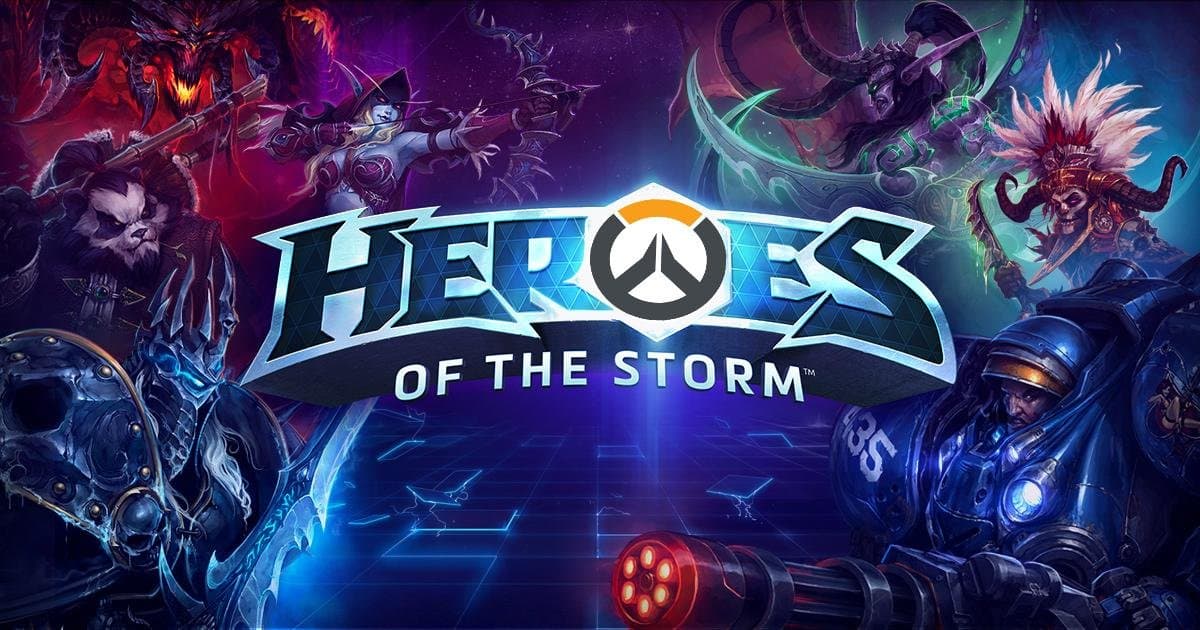 Blizzard Entertainment
Blizzard EntertainmentNow, if you’ve been paying attention to the development of the Overwatch League, some of that story may inspire some deja vu. That’s not without good reason. Many of the principles that had been applied to HotS were considered worthy of replication. The focus on teams over individuals, the global aspect of the game, having a year-round season that builds to a championship, the partnerships with mainstream media companies… There are many similarities at first glance. The major difference is who the league was designed for.
After the failure of Heroes of The Storm, several sources informed me that Blizzard conducted their own post-mortem and, unlike most of the community around that game, concluded that they were mostly without fault. It was the market, the fans, the players and the organizations that were as much to blame for the game failing to reach the heights Blizzard felt it should.
So, this time around they didn’t want the league to be anchored by a dependence on endemic esports entities. Instead, they would look to entice established sports teams and venture capitalist groups to “buy in” to the league. Their influence and media reach, as well as ability to shoulder the burden of expenses for much longer than the average esports team, made them exactly what was needed to propel Overwatch into the mainstream. And with esports rapidly becoming the latest fad for such groups to invest in they already had the buzzword needed to loosen the purse-strings of potential investors.
The initial pitch of the Overwatch League came in November 2016 at Blizzcon, shortly after the league had been officially announced. The American billionaire sports team owners Robert Kraft and Stan Kroenke were in attendance among other prospective buyers and by March 2017 – after being offered a very favourable deal that would reflect the name recognition and credibility he would offer the league – Kraft became the first official sign-up.
The same month a Morgan Stanley report was produced that seemed designed to entice further buyers. The report, entitled ‘esports: An $8bn Call Option?’, was never made publicly available but it has been spread far and wide to industry folk, mainly due it being a source of unintentional comedy. The report spoke of eight mini-tournaments a year attracting 18,000 live attendees at $25 per ticket, therefore generating $13 million in ticket sales annually. It went on to add that they would see 20% of ticket sales in merchandising, an additional $4 per fan per match. The report also stated a belief that 50% of people viewing an Overwatch Championship would buy in-game digital merchandise relating to the league. In total, the theory was that the league would generate as much revenue as the WWE in the best case scenario.
These numbers are best described as incredibly optimistic and it’s impossible to even understand through what methods they could have arrived at them. To put it in context, the League of Legends World Championships – the biggest tournament for the most popular esports title in the world – will occasionally surpass these attendance numbers. Overwatch does not come close to the popularity of League of Legends and all indicators are that it never will.
Still, when you understand the intent of the report was to make venture capital groups take the plunge, you can also understand why these numbers were placed front and center. The chance of such returns for such a comparatively small investment will often be too much to pass up on for groups such as these.
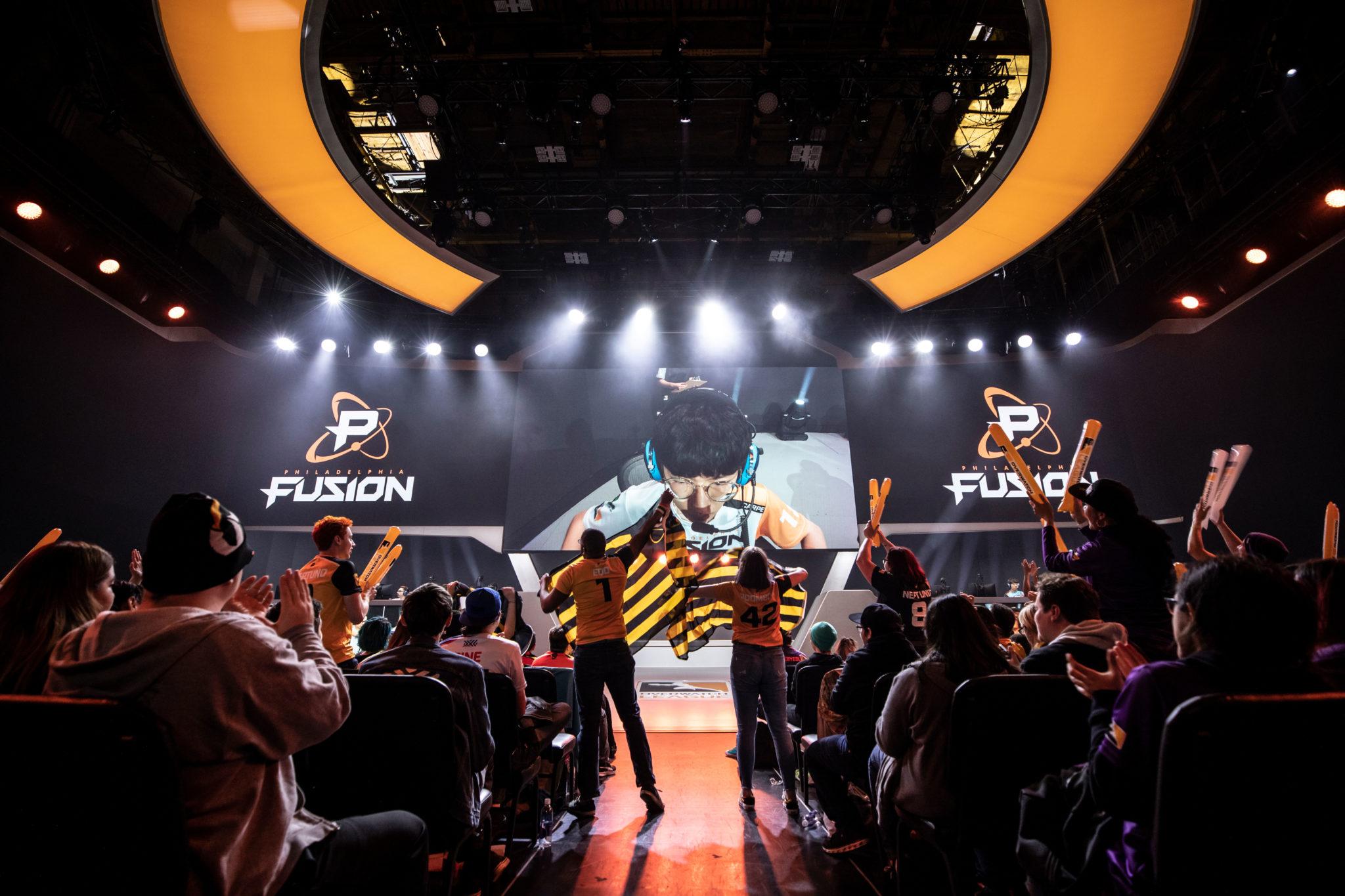 The Overwatch League was first pitched in November 2016.
The Overwatch League was first pitched in November 2016.The revenue
“The original hope and dream for the Overwatch League from a lot of the people who came in was that they’d get an NFL owner who has a bottomless pit of cash and can run this thing at a deficit for five years to operate these spots. The reality is that didn’t happen.”
The above quote was uttered by a manager at an Overwatch franchise who has been finding the business side of the league to be lacking. How has the league been serving those who signed up to it? Initially there was a wave of positive reactions from the team owners and yet, in retrospect, this looks like a lot of grandstanding. While Activision Blizzard have announced high-profile sponsors signing up to the league, a recurring story across the management of almost every franchise I spoke to was that they had high operating costs, were waiting on payouts from the league and stated that Activision Blizzard were pocketing the lion’s share of the deals.
This is misleading. OWL has raised the bar on revenue from sponsorship to a level that I didn't think was possible in 2018.
— Jack Etienne (@JackEtienne) April 30, 2018
“Almost every OWL team has been operating in the red, I can tell you that,” a manager at one franchise said. “The league is making most of the money and the teams are getting screwed. The size of the Twitch deal really saved the whole thing but Blizzard get most of that big payout for themselves. Our merchandise cut is super small when compared to other sports league structures. They dictate what sponsors we can have. Meanwhile, we have to pay for staff, players, accommodation, travel, food. It all adds up and it’s only going to increase when homestand starts.”
Another manager from a different franchise said: “The current costs for an Overwatch team are way beyond what people assume. In terms of my experience, it is the most expensive esports team I’ve been attached to. Consider the fact that your average team is running nine players with an average salary, I’d say, close to six figures.
“There’s not many esports where you have three guys sitting out on a bench. So you have a roster that is costing, on average, a million dollars a year and that’s before you add on the housing for nine people, feeding them, having a coach, an analyst and blah blah blah.”
While initially these costs were taken on by the investment groups that came into the league, the plan eventually was to have all of these costs offset by three major revenue streams; sponsors, merchandising and broadcast rights. So far, this holy trinity hasn’t come to the forefront in the way franchises had hoped for. Mostly, the league seems to be the main beneficiary. Sponsors in particular are a big stumbling block for the teams as the league dictates who they can have and, more importantly, who they deem to clash with the league’s sponsors.
“It’s not as if teams can just go out and secure sponsorships to make money,” one senior management member of a franchise told me. “Blizzard have given us not just a list of sponsors we can’t have but also a list of preferred sponsor types they want us to pursue… The problem is that any sponsor we sign as a franchise has to be approved by the league and also cannot clash with any existing league sponsor.
“This means if, for example, the league has an official energy drink sponsor, well, no franchise can have an energy drink sponsor. The league is sponsored by Coca-Cola… Well, no one will be allowed the Pepsi sponsorship then. It just makes it incredibly difficult to secure any lucrative deals because the league comes first.”
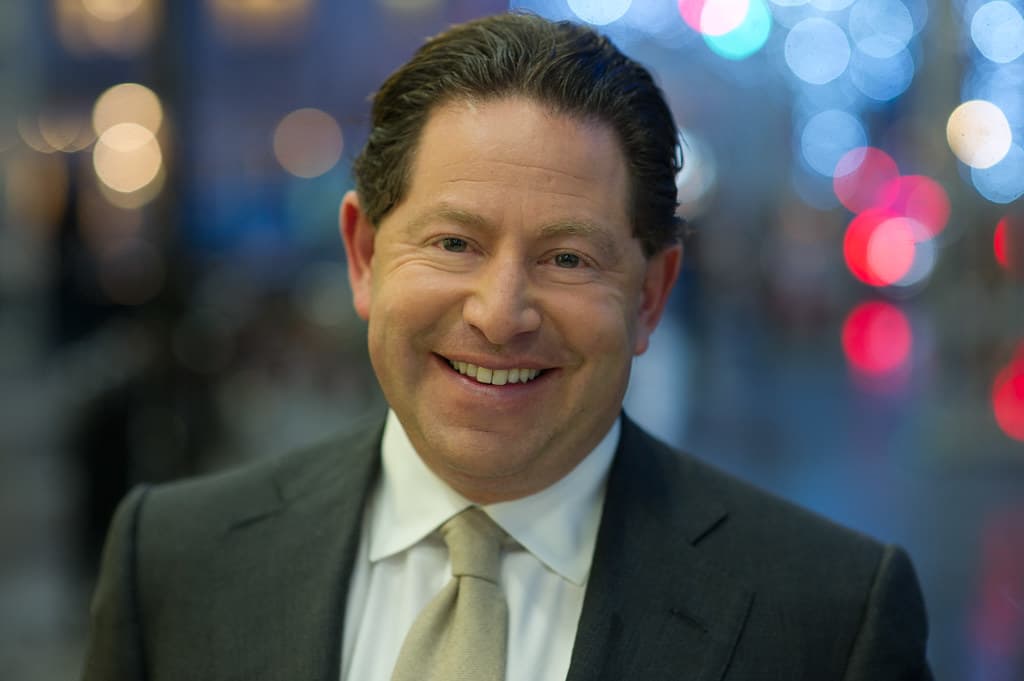 Jordan Matter, Flickr
Jordan Matter, FlickrThe Coca-Cola deal is one that many of the league’s stakeholders have privately expressed their upset about. It is seen as a deal that is so limiting for the franchises themselves but one they say generates little value for the league. They point to the fact that Activision Blizzard CEO Bobby Kotick sits on the board of directors for Coca-Cola and have said that it is a deal designed to provide essentially free advertising for Coca-Cola (something they really don’t need as a brand) as well as making the league appear more financially successful than it actually is.
“That deal is total bulls**t by the way” one of the earlier cited managers told me. “But that doesn’t stop it impacting on who we can have as a sponsor.” Adding to the scepticism is the fact that Activision Blizzard Esports Chief Revenue Officer Brandon Snow has refused to publicly disclose terms of the sponsorship.
The sponsorship deals is something the league has mostly been praised for. The league sold in the region of $100 million of sponsorship deals with companies as diverse as Intel, HP Omen, Toyota, T-Mobile, Spotify and Sour Patch Kids. Some of these deals are worth over $10 million. However, currently some of these big-name sponsors have yet to agree to renew their deals, most notably Intel and HP Omen, and this is supposedly putting even more pressure on the sales team within Activision Blizzard to look at deals to offset any potential loss should those existing sponsorships not come back for the homestand season. This comes during a time of terrible optics for the league, with multiple members of high profile broadcasting talent currently having left the league, and declining viewership on Twitch.
Merchandising is also something that has caused a lot of consternation among the more successful franchises. Originally, the plan was that whatever merchandise a franchise sold was split with just the league, encouraging smart design, marketing, and an adept sales team. When some franchises started to fall behind in sales, a meeting was held where they agreed to change it so that all merchandise sold across the league was shared equally between all franchises, punishing the bigger teams and propping up those who hadn’t been as successful. While this is not how it works traditionally in esports it was what the NFL and NBA owners were used to and expecting.
“If you thought we could offset sponsor problems with the jersey sales then you’d be wrong,” a franchise GM said. “Sales haven’t been as good as we’d hoped for anyway but if you have a strong brand at least you will sell more shirts. It used to work that way, but then we heard Robert Kraft got pissed because Boston Uprising jerseys weren’t selling as well, so to appease him the league decided to change the way the rev share worked. Now we all get the same percentage across all shirt sales, so it doesn’t matter if my team has more fans and a better brand. My sales prop up the worst brands in the league.”
As for that $90 million Twitch deal, it is probably putting it mildly to call it an expensive mistake. Another Twitch executive said off the record that the deal in its current form is unlikely to be repeated. “Internally, that deal is referred to as the worst in the company’s history,” they explained. “And action has been taken to make sure it doesn’t happen again.”
“Franchises have no input at all over broadcasting rights,” a franchise manager confirmed. “We couldn’t go and close a deal with a local sports network ourselves. It has to be done in conjunction with the league. The league’s overall media deal that was done with Twitch was over two years. We’ve all heard from the grapevine Twitch won’t be spending that money again on our league or any esports content so everyone is scared out of their mind that they’ve missed out…”
One of the earlier franchise managers stated: “I understand that if you launch a league like this it’s going to have a lot of up front costs, but the reality is we’re all sitting in limbo going into the third season. If you look at the media deals and the sponsorships, and all those things that are up for renewal, like Intel and Omen… if those things don’t hit we’re in terrible, terrible shape for next year.”
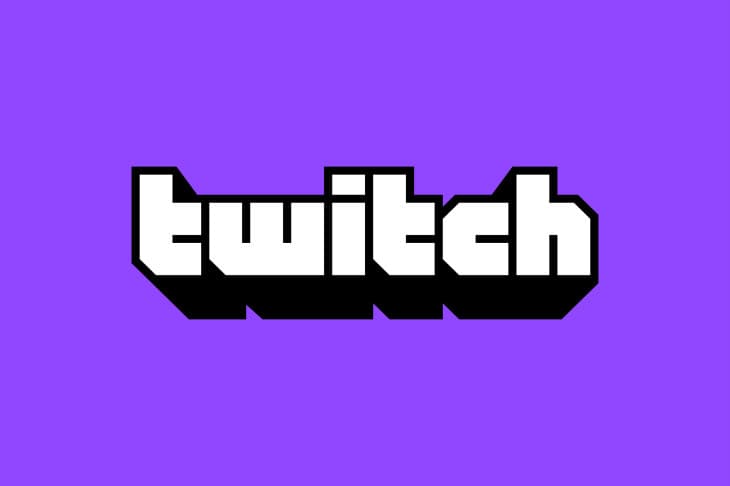 According to a Twitch executive, the $90 million deal is the “worst” in the company’s history.
According to a Twitch executive, the $90 million deal is the “worst” in the company’s history.The split for all revenue generated by the league is divided in simple fashion. 50% goes to Activision Blizzard, the other 50% is divided by the teams. That encompasses all of the deals discussed above. The Twitch deal? That’s $45 million into Activision Blizzard’s coffers with the rest divided by twenty teams. A million dollar sponsorship suddenly doesn’t seem so great with $500k is taken off the top and the rest of the teams get a twentieth of the half a million left over. Factor in that it can then dictate whether or not you can have a sponsorship deal for your own brand and you can begin to imagine some of the frustration. The third season’s ticket sales for homestand venues have suddenly taken on a much greater significance.
It must be added that not all owners have lost faith with the ability of the league to make money. Activision Blizzard have suggested that they will be able to bring in a similar value to the infamous Twitch deal for broadcasting rights, although my sources suggest this would only be achieved by packaging the sister Call of Duty league’s rights in with OWL’s. There’s still a chance that the league’s big-name sponsors sign an extension. There’s also a chance that they find an audience willing to spend enough money that the viewership numbers become an almost moot part of the discussion. In short, there’s time for the disappointment to be tempered by returns that make the huge initial investment make sense.
“Us owners will be getting a profit share cheque for everything in 2019” one franchise owner told me. “It’s not huge but it is amazing for a second year of a sports league.”
Following this report, Dexerto received the following comment from an Overwatch spokesperson.
“The Overwatch League’s franchise system borrows from the best practices of traditional sports leagues and features a revenue-sharing structure that incentivizes team owners to invest in their local communities. Teams receive an equal share of 50 percent of the net league-wide net revenues from sponsorship, advertising, ticketing, broadcast rights, merchandising, and league-affiliated in-game items. We will be announcing all-new and extended sponsorships soon. Teams are free to sign sponsorships for the majority of categories, and they keep all local revenues generated through their efforts within their home territory and venue.”
The next chapter will focus on the league’s viewership and preparation for the homestand season.
